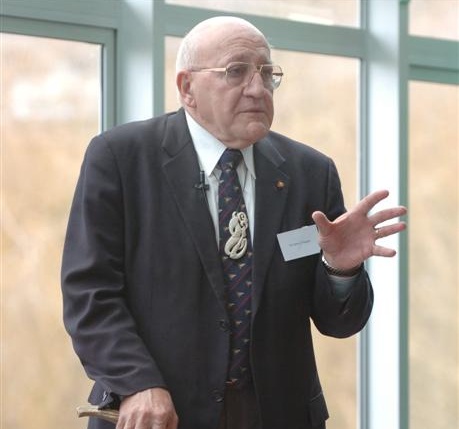The long-felt need for a written Constitution and review of the efficacy of the Mixed Member Proportional (MMP) Electoral System and other related issues have prompted the Government to constitute an expert committee to study and recommend the best alternative, if any.
The 12-member Constitutional Advisory Panel will undertake an independent review of the issues involved and report to the Government in September 2013.
Finance Minister Bill English and Maori Affairs Minister Pita Sharples announced on August 4, the names of the members of the Panel, saying that it would meet before the General Election on November 26, 2011 and that the members would consider public submissions thereafter, determining the terms of reference and other details.
Professor John Burrows, Law Commissioner and Sir Tipene O’Regan of Ngai Tahu, an authority of the Waitangi Tribunal will jointly chair the Panel.
Among the members are Silver Fern Star Bernice Mene, Journalist & former MP Deborah Coddington, Te Kura Kaupapa Māori o Mana Tamariki teacher Hinurewa Poutu, Agribusiness Entrepreneur Hon John Luxton, Senior Maori Researcher Dr Leonie Pihama, Waikato University Pro Vice-Chancellor Professor Linda Smith, New Zealand Post Chairman & former Finance Minister Michael Cullen Dr Lawyer & former Dunedin Mayor Peter Chin, Former New Plymouth Mayor Peter Tennent and Waitangi Tribunal Member & Emeritus Professor Ranginui Walker.
Mr English said that the Panel will review the current size of the New Zealand Parliament (121 members) and determine if there was a need for an Upper House as prevalent in Australia, India and UK.
“The Panel will also consider if the current three-year of Parliament is adequate if the term should be fixed (apparently meaning a full term before the next election could be held) and the size and number of electorates.
“Legislation relating to Electoral Integrity, relationship between the Crown and Maori, Representation of Maori in Parliament and Local Governments and the role of the Treaty of Waitangi within the Constitution will also be reviewed,” he said.
 Political divide
Political divide
While the need for a written Constitution may not be a subject of debate, issues relating to Maori representation are likely to spark controversy. The ACT Party, under Dr Don Brash for instance, is allergic to any concession for Maori and hence would oppose moves in this direction.
Nonetheless, the need for a Constitutional review is long overdue and the country’s polity has often found itself at crossroads while dealing with crises. A case in point was the impasse faced by former Prime Minister David Lange in 1989.
A written Constitution, taking into account various contingencies, would provide guidelines to deal with issues as and when they arise.
Electoral Reforms, which would form a part of the review, are also long overdue in New Zealand, with interpretation of situations varying from time to time.
The Indian example
While the Panel would undoubtedly sail on the tested waters of Australia and UK, its members would do well to also consider the Indian example. Following its independence from Britain in August 1947, the Indian leaders undertook an exhaustive exercise to have in place a Constitution, which would be relevant to the Indian context, and more important, proactive and reactive to the evolving needs of the country.
With a number of similarities such as parliamentary system of governance, the independent nature of three branches of governance namely the Executive, the Legislature and the Judiciary and the bicameral system, India could offer its expertise in this important process.
Photo: Sir Tipene O’Regan of Ngai Tahu






